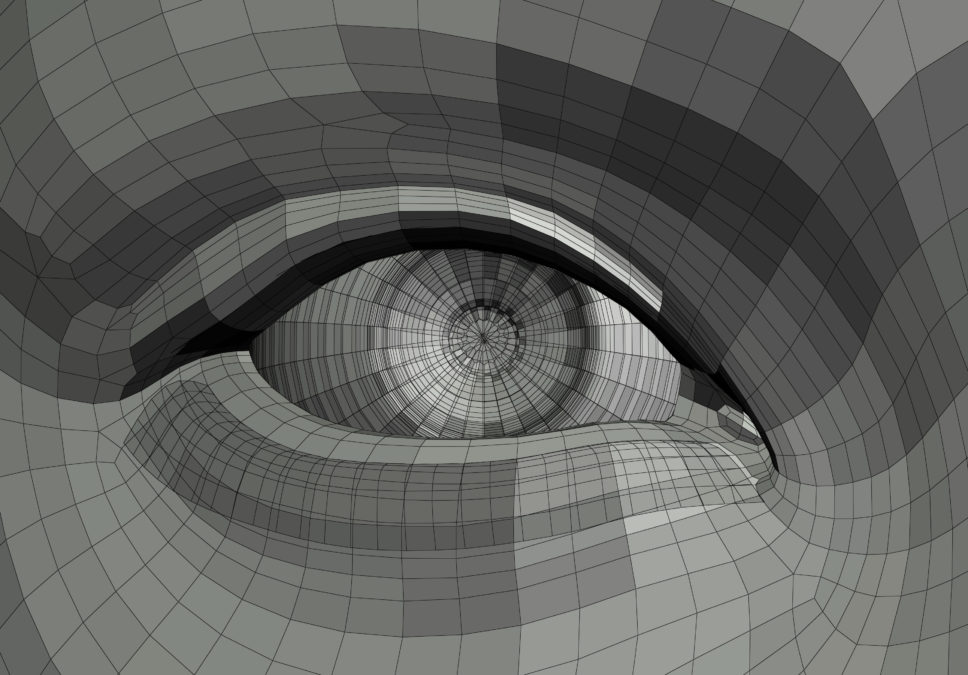Before there was OCR and AI working together, back in the 1990s, optical character recognition or OCR was already in wide use. OCR was instrumental in helping business owners to automate the processing of managing physical documents. With OCR, enterprises begun to use software to scan documents like invoices and create digital copies.
Today, OCR platforms are still used to convert handwritten or printed text into machine-encoded text so that it can be accessed on a computer. OCR platforms make copies of documents like receipts, bank statements, passports and other forms of documentation that need to be managed. If you’ve ever transformed a text into a PDF with a program like Adobe Acrobat, then you’ve used OCR.
The quality of OCR has steadily improved ever since it was created. Unfortunately the demands of modern enterprises have fast outstripped its growth. Companies are starting to turn to AI-driven alternatives to boost their efficiency and extract meaning. Simply creating templates of documents is no longer sufficient; enterprises want insights as well.
Five ways OCR tech can improve workflow efficiency
Template-based OCR vs AI solutions
The most common form of template-based OCR works by the entering the coordinates of the text they want to record from a physical document. After entering this into the OCR platform the selected text is found and then recorded in a digital format like a PDF. The moment the user has finished configuring their OCR settings they have an automated solution for creating digital copies of physical documents.
The accuracy of OCR is dependent on the quality of the original document. For typed text, most platforms maintain a 98 or 99% rate of accuracy. The rate of accuracy is problematic as small mistakes can result in the loss of important data points. For example if you record an invoice that omits or incorrectly records the name or price, that document is as good as useless.
Under traditional OCR, the user’s only option to increase the reliability of scans is to manually measure and monitor the results. AI solutions can do this automatically while pulling insights from the text. In other words, they can process document content more thoroughly.
The next generation: AI meets OCR
OCR tools are undergoing a quiet revolution as ambitious software providers combine them with AI. As a consequence, data capturing software is simultaneously capturing information and comprehending the content. In practice this means that AI tools can check for mistakes independent of a human-user providing streamlined fault management.
But how do these tools work? The answer is slightly different depending on which AI platform you’re is using. One detailed case study of how AI is used to enhance OCR can been in Infrrd’s work with a global investment firm. Infrrd IDC, a hybrid AI and OCR tool was used to help manage financial reports. The tool was used to copy financial reports from various languages and translate them into English.
To do this, Infrrd used a combination of machine learning and Computer Vision algorithms. These algorithms were used to analyse document layout during pre-processing to pinpoint what information was to be recorded. An OCR engine was then used to extract text from the scanned document. The documents were then translated with the help of a Deep Neural Network using live data to ensure accuracy.
Without the help of AI, such reports would need to be managed by individual employees and checked by a translator. By incorporating AI with an OCR solution, Infrrd was able to minimise the administrative burdens of the investment firm’s employees. There are numerous other examples of companies using AI and OCR in this way.
Softworks AI, worked with a Fortune 500 financial institution to simplify the management of mortgage documents. The financial institution was looking for a solution that would automate document creation and help to identify high priority loans. Softworks AI used AI to pinpoint those loans that needed to be handled swiftly and reduce loan processing times from 2 hours to 5 minutes.
OCR and AI: Th force for digital transformation
At one time, OCR was embraced as a disruptive new technology that automated manual business processes. The growth of AI has lead modern enterprises to increase their expectations of what automation can achieve. OCR engines that need to be managed by human users are starting to be outpaced by those that use AI to lookout for mistakes.
Combining AI and OCR together is proving to be a winning strategy for both data capture and management. While AI-based OCR tools may not be as glamorous as other transformative technologies they will inevitably have a substantial impact on the bottom line of companies that embrace them. Reducing administrative is key to making employees more productive.
AI OCR tools are sleeping giants in the wider topic of digital transformation. They have the potential to help to countless organisations to automate the processing and error-checking of physical documents. Technologies that cut costs and increase efficiency are always in high demand.










